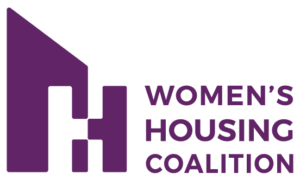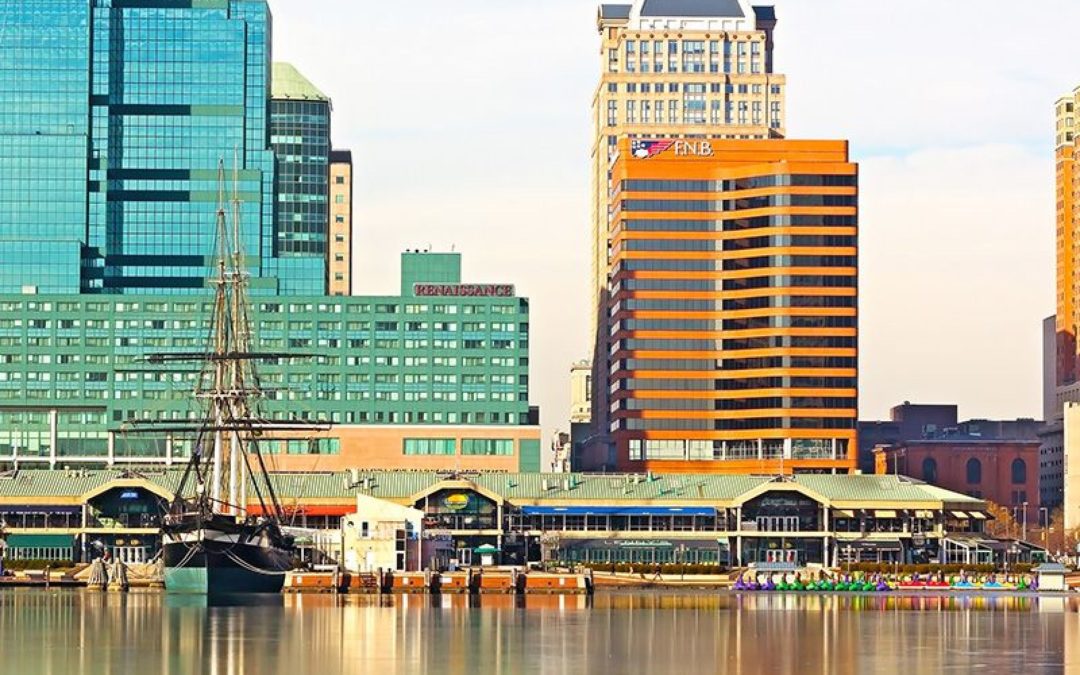According to the World Health Organization, approximately 470,000 homicides occur globally each year. If you take into account suicide and war-related deaths, the number rises to over 1.6 million violence-related deaths. Millions more suffer violence-related injuries and trauma.
Some of the dominant risk factors for violence are social disruption, poverty, poor interpersonal dynamics, insecurity, societal acceptance, and power imbalance. The Centers for Disease Control and Prevention uses the Social-Ecological Model to understand the factors that influence violence. This model shows that tragic acts of violence often rise from the complex interplay between individual, relationship, community, and societal factors.
Individual factors that contribute to someone’s ability to be violent include age, education, income, substance use, or history of abuse. When identifying relationship factors, one looks at how a person’s close relationships influence their behavior and contribute to their experience. Settings, such as schools, workplaces, and neighborhoods, create the community factors that impact someone’s tendency towards violence. To identify societal factors, one looks at social and cultural norms that support violence as an acceptable way to resolve conflicts.
Many cities that face high rates of violence are finding a way to create safer environments. They’re implementing policies and strategies that encourage mentoring for young children that actively engage communities in building solutions, and that create effective, accessible mental health services. The Group Violence Intervention (GVI) program has been called the “Boston Miracle” for its success in bringing their city’s youth homicide rate down 63%, and it’s being implemented in other cities around the world. Effective violence mitigation strategies include social involvement, poverty reduction, interpersonal skills training, education, awareness, and community support.
Baltimore has seen more than its fair share of violence this year. How can we create a safer Baltimore?
At the Women’s Housing Coalition, we are doing our part to support our community by creating stability with proper housing, offering counseling and other programs to ensure success and relieve stress for our families and individuals. We also support our residents with continuing education for our staff by attending trainings like Mental Health First Aid. Mental Health First Aid trains coaches, police officers, teachers, faith leaders and other caring individuals to look for signs of mental illness and how to respond with appropriate intervention strategies.
Senseless acts of violence can make us feel helpless, but there are ways that you can take action to prevent violence.
There is much that we can do in our cities and towns to build connection, caring and community. Citizens of all races and ethnic backgrounds can work together to make our lives better. Baltimore has a wide range of programs that offer mentorship and educational opportunities to our youth and disadvantaged citizens.
You can volunteer your time and talents in a way that will create a huge impact on others. Programs like MBRT connect students with volunteers and mentors to ensure high school graduation and make college an option for everyone. You can donate money to an organization like Women’s Housing Coalition or the many Maryland Nonprofits that step in and assist people in the ways they need it most.
Preventing violence is a civic responsibility, and only together can we translate individual good deeds into community change.

